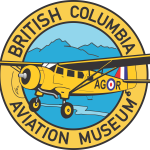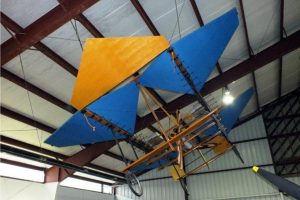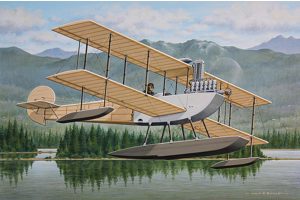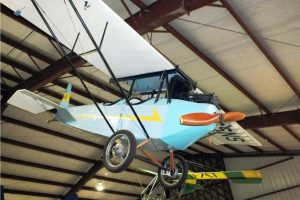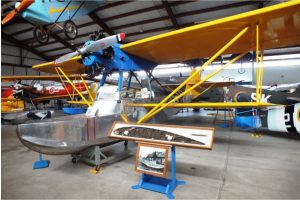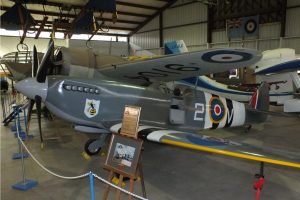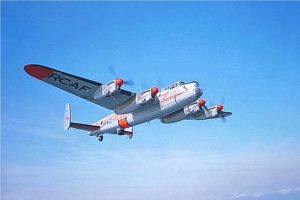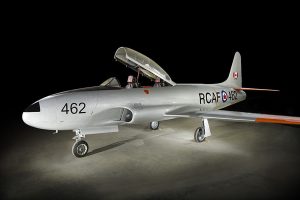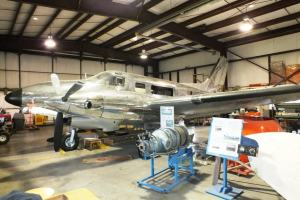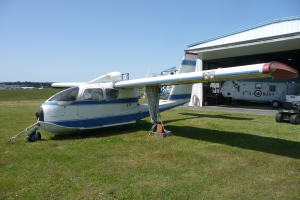Early Birds
Throughout history, mankind has looked to the sky and yearned to take flight. As early as the 1500’s, inventors such as Leonardo DaVinci had designed machines that would hopefully fly. Later on, other inventors had built and flown hot air balloons, simple gliders and eventually, powered flying machines. In western Canada, more specifically, British Columbia, early experimental flight took the form of balloons and powered flying machines. Here are a few examples that you will find at the BC Aviation Museum:
Hawks
After the turn of the 20th century, war clouds began to gather over Europe. It did not take long for powered aircraft to find their way into the growing military forces of warring nations. Several young men from British Columbia had gone to join Britain’s Royal Flying Corps and Royal Naval Air Service during World War I. There are two military biplane replicas of that era on display at the BC Aviation Museum.
Home Build's
The idea of building one’s own airplane became popular between the two world wars – 1919 to 1935. In current times, home built aircraft have become more sophisticated but economically viable. The British Columbia chapter of the Experimental Aircraft Association is very active. On display at the BC Aviation Museum are a number of local home built aircraft which have been donated to us by members of the EAA.
Bush League
Bush planes have played a key role in Canada’s transportation system by helping to open up the northern regions and more remote communities of the country. British Columbia’s rugged West Coast is no exception. Early western airline companies in BC started out with single engine, float equipped aircraft and were vital to the economies of small BC communities accessible only by boat or seaplane. There are a number of examples of early bush planes/seaplanes on display at the BC Aviation Museum.
War Birds
From 1939 to 1945, Canada was once again involved in a major conflict – World War 2. Both the East and West coasts, as well as the Arctic regions, needed to be defended. The coast of British Columbia was vulnerable because of its lengthy shoreline. To help provide air cover, Royal Canadian Air Force bases were set up at Victoria (Patricia Bay), Vancouver (Sea Island), Tofino, Port Hardy, Prince Rupert along with many other communities in BC. Several former RCAF aircraft have been restored and are on display at the BC Aviation Museum.
Post War
The period from 1945 to 1959 saw the slow growth of civilian aviation in Canada. In British Columbia as in the other provinces, most of the former RCAF bases became civilian airports used by fledgling airline companies and flying schools. Victoria International Airport is one example that has retained a military presence. The post war was a period of transition from military to civilian aviation at most of Canada’s airports
